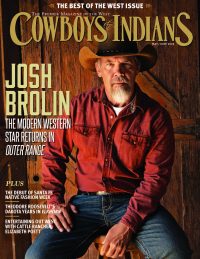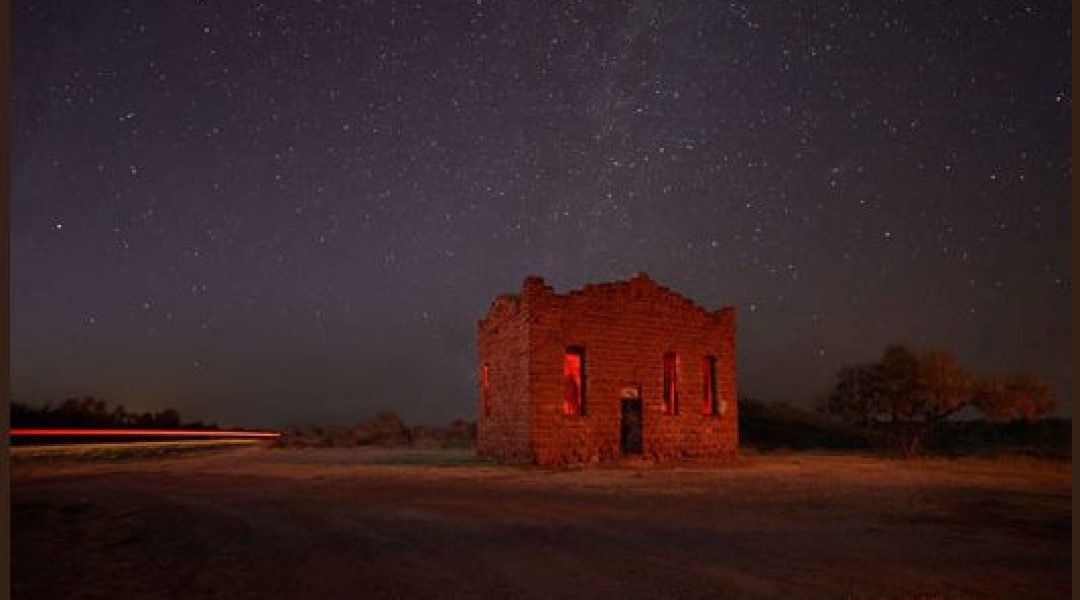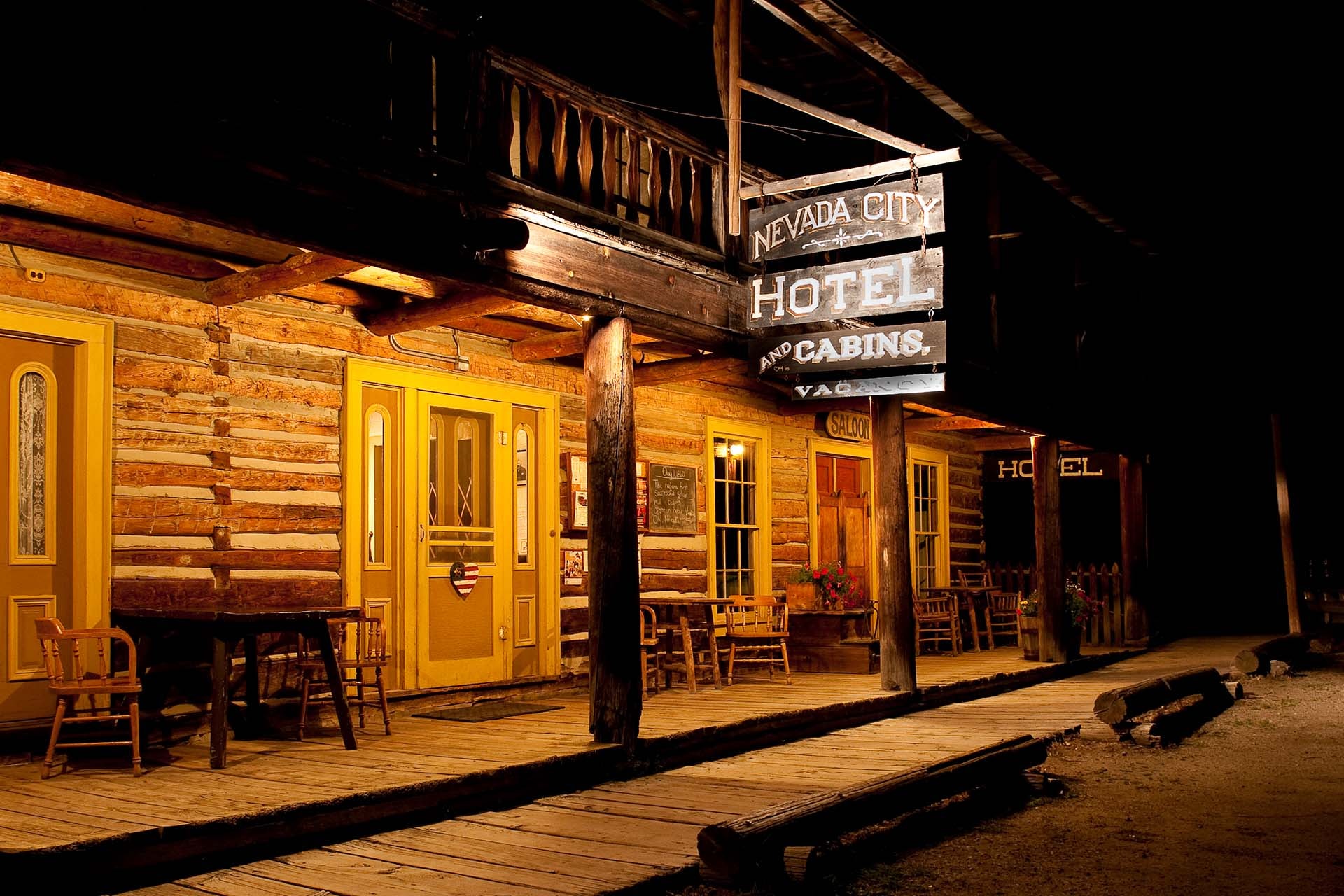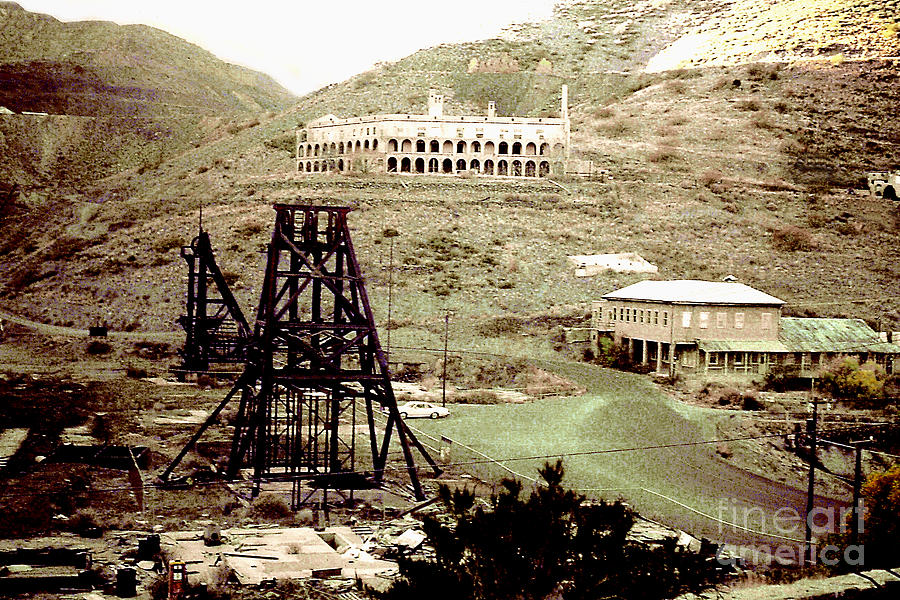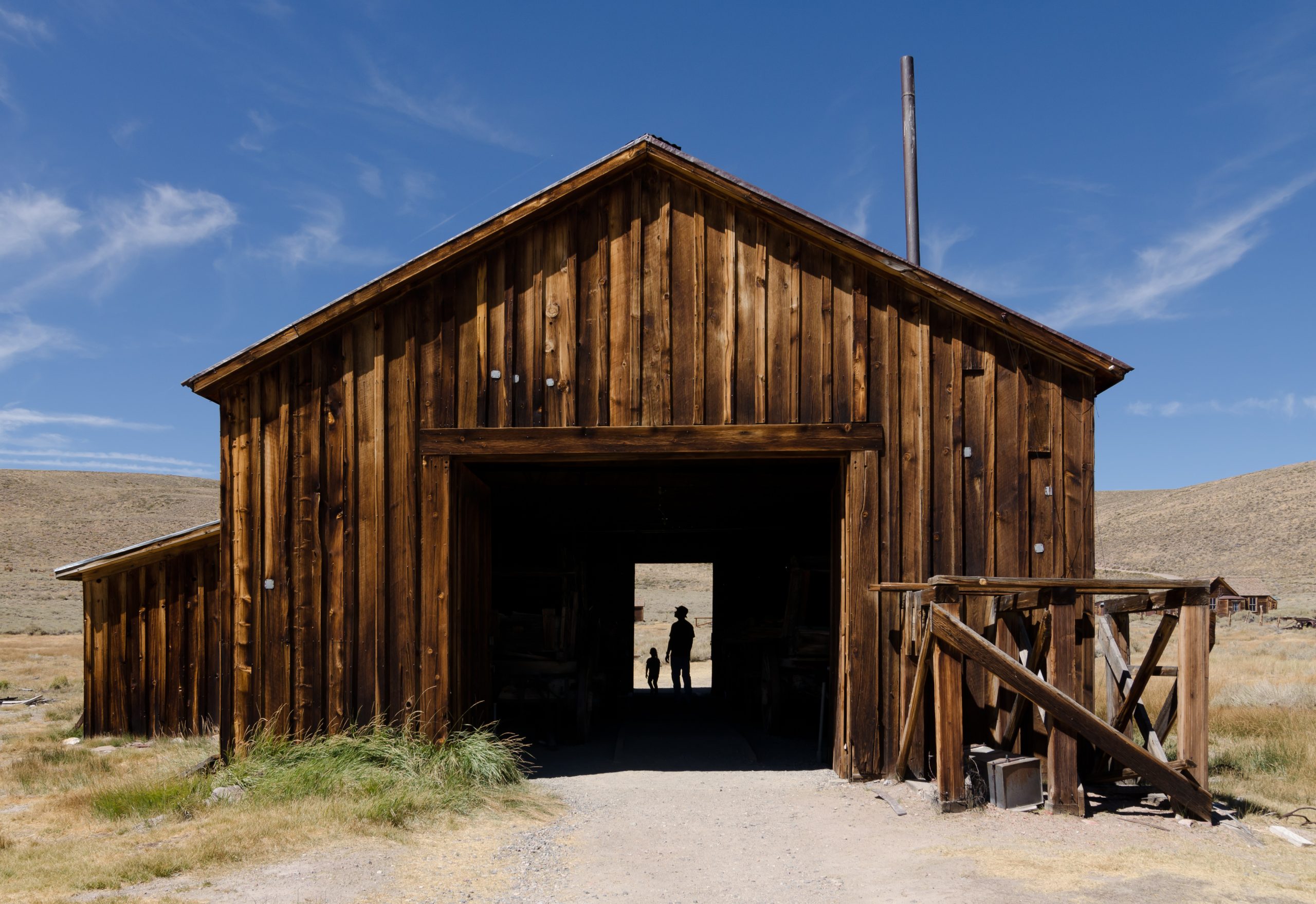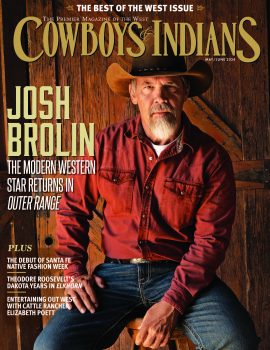Want a real Western fright? Check out these Western ghost towns, rich with history (and possibly ghosts).
The West is full of legends and myths, some of them gallant and lighthearted, others somber and spooky. Some of the most exciting pieces of Western history are those that are still standing to this day. Ghost towns have been top-billed tourist destinations for decades, seeing several thousand visitors each year. Beyond the kitschy ghost tours and photo ops, however, Western ghost towns hold some of the most chilling pieces of the Old West. Here are some of our favorite ghost towns that exemplify the spooky side of the West.
1. Virginia City, Montana
While most Western legends prefer things go out with a bang, the majority of Western ghost towns fizzled out slowly as time passed. Like many of these ghost towns, Virginia City lived and breathed one commodity: gold. After a gold mine was discovered in Alder Gulch in 1863, over 200 miner flocked to the small piece of land hidden in the Rocky Mountains to set up shop. Within a few years, the town became a booming city, flooding with Gold Rush emigrants and settlers fleeing from the South during the Civil War. As more gold was compiled, the territory became a subject of infatuation for political figures aiming to accumulate resources to win the Civil War. Namely, Abraham Lincoln is alleged to have sent upwards of 10,000 northern emigrants to the territory to balance out the Confederate leaning population in order to claim the territory (and the gold) for the Union. This caused a tension like no other, leading to fights, violence, and chaos, often at the expense of poor gold miners living in tents in the area.
The pandemonium made way for criminal activity, causing thieves, rustlers, and swindlers alike to take up residence in Virginia City and wreak havoc wherever they could. As violence and criminal activity swallowed up most of the city's resources, the decline of the former cultural hub began. By the 1880s, the city's population had shrunken to a few hundred, and continued to shrink into oblivion. All that is left of this once booming territory is a few buildings, a museum, and the haunting cries of the outlaws that once called the city home.
Image courtesy of Visit Southwest Montana
2. Jerome, Arizona
Once called the wickedest city in the West (mainly due to its lack of churches), Jerome began as many boom towns do with the discovery of gold. As miners and entrepreneurs flocked to the town, the United Verde Copper Company was among the herd. The small territory overlooking the Verde Valley quickly became the third largest town in the state, housing a plethora of saloons, shops, and bordellos. All seemed to go well until the opening of the now infamous United Verde Hospital in 1917.
As the Great Depression raged through the country, it soon became clear that the United Verde Hospital was not very good at keeping its patients alive. Between manmade disasters, and illness, it is estimated that around 9,000 people lost their lives in the hospital. The numerous deaths seemingly singlehandedly led to the town's emptying out, leaving a mere 25 to 50 residents by the 1950s when the hospital was closed for good.
Where the menacing hospital once stood now sits the Jerome Grand Hotel, a tourist destination where guests can cozy up in their beds and listen to the phantom footsteps that echo through the halls each night.
3. Old Trail Town, Wyoming
Now known as one of the top tourist destinations in the country, Old Trail Town is known for exemplifying the frontier Western lifestyle. Located on the edge of Cody, Wyoming, Old Trail Town was established in the mid-1800s by Western scout and showman William F. Cody, or Buffalo Bill for short. Bill settled the town as a brainstorming scape for his greater vision of Cody, pumping it with saloons, cabins, and tons of resources. While the town was meant to be a quaint and pleasant vision of frontier life, its history with some rowdy visitors may have screwed things up a little.
The town soon became a hotspot for famous outlaws such as Butch Cassidy and the Sundance Kid, who utilized cabins within the town as hideouts and hung out at the saloons between jobs. The violence that Butch Cassidy and other gangs of outlaws invited soon gave way to a chaotic mess that rendered the city unlivable by the early 1900s, and the town was gradually abandoned.
While, at a first glance, this little town is as quaint and quiet as can be, it was once home to some of the most wild no-do-gooders the Old West had ever seen. How's that for hidden history?
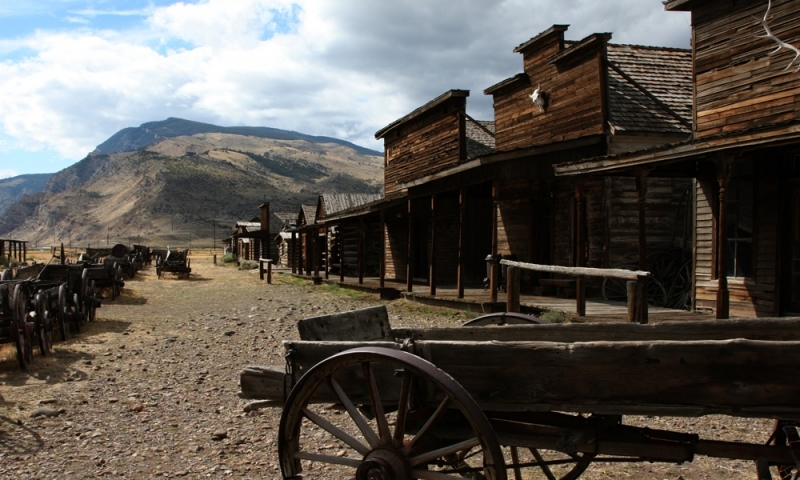 Image courtesy of AllTrips
Image courtesy of AllTrips
4. Bodie, California
Striking gold doesn't always mean you're in luck. When gold was found in a small town in Eastern Sierra Nevada, California, it would lead to the establishment of one of the most cursed towns in Western history. Established in 1859 as a mining town (surprise, surprise), Bodie couldn't even wait a year before causing chaos. After traveling home to gather mining supplies, one of the town's founders, W.S. Bodie, was caught in a blizzard and killed. While the news was devastating, remaining founders and new residents thought very little of the unfortunate incident. That is, however, until disaster struck.
By the 1870s, Bodie had reached a population of over 10,000 residents. The town had become very technologically advanced, housing its own hydro-electric center. However, by the 1880s, Bodie had begun to rack up a reputation. With around 60 saloons within the city border, gambling, prostitution, robbery, gunfights, and murder became hallmarks of life in Bodie. So much havoc was wreaked that a separate graveyard had to be established outside of Bodie's limits for the "outcasts" and "sinners". Crime was not the only source of fatalities, however. Many lives perished due to harsh weather, illness, and mining explosions. If that wasn't enough, two major fires rampaged through the city in 1892 and 1932, leaving what remained of Bodie to be swallowed by flames. Whether it be a curse, bad luck, or something in between, Bodie could never seem to catch a break.
While the area is no longer a functioning town, the curse of Bodie is still said to be very much alive. In fact, folks in the surrounding area warn visitors against taking souvenirs from the town, claiming the curse of Bodie will follow them home.
5. Jefferson, Texas
Does a town have to be uninhabited to be a ghost town? For the purpose of this last one, we're going to say no. Jefferson, Texas sits close to the border of Texas and Louisiana and is currently home to around 2,000 residents. While quaint at a glance, this town is known throughout the West as the most haunted town in Texas. Established in 1841 on land ceded by the Caddo Native American tribe, the town rapidly boomed due to the neighboring Great Cypress Bayou acting as a trade route connecting Jefferson to New Orleans.
The downfall of Jefferson came not from outlaws or disasters, but from the unclogging of the Bayou which connected Jefferson to the greater West. When the Great Cypress Bayou was drained, the ships coming into Texas had no need to pass through Jefferson any longer, leading to a slow but steady decline of imports and travelers. With the trade routes gone, the majority of residents had no need to stay in the declining former boomtown, and the city slowly slipped off the map, leaving a dilapidated huddle of buildings in its place. But why is it known as the most haunted town in Texas?
Just ask those who have visited one of the two remaining hotels in Jefferson and reported sightings of a strange male figure who wears a long black trench coat or a headless specter in the hallways. It seems like every other establishment in Jefferson has a ghost story to tell, creating Jefferson's reputation as the most haunted town in the West. Why do these spirits roam this seemingly peaceful town? What is their business in Jefferson? Well, we sure as heck don't have an answer. All we can say is that a ghost town isn't a ghost town without a little mystery.
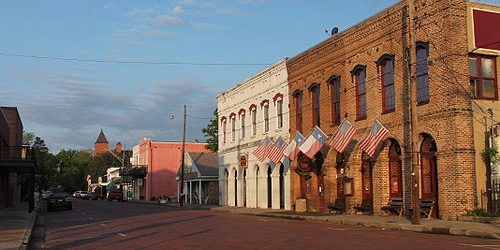 Image courtesy of Austin Ghosts
Image courtesy of Austin Ghosts



